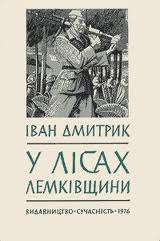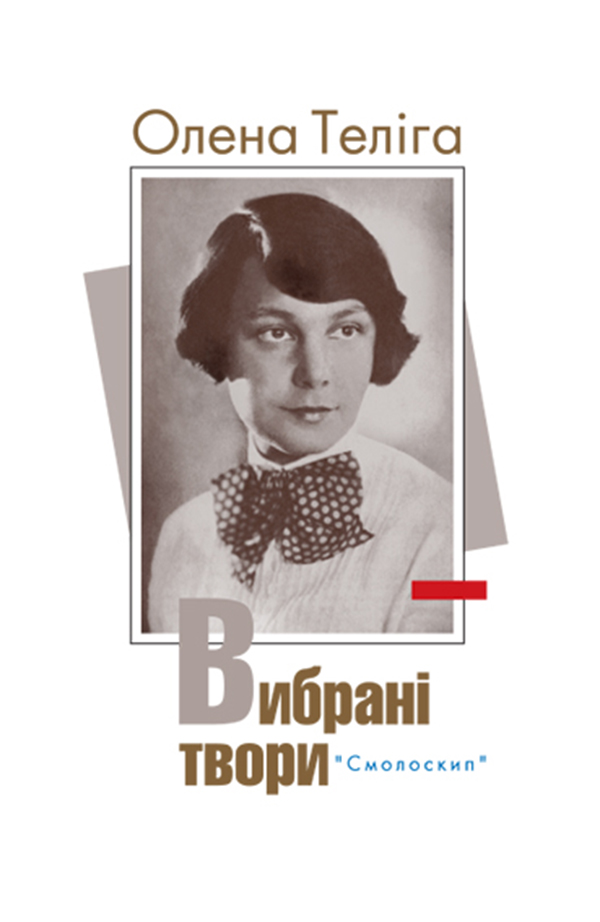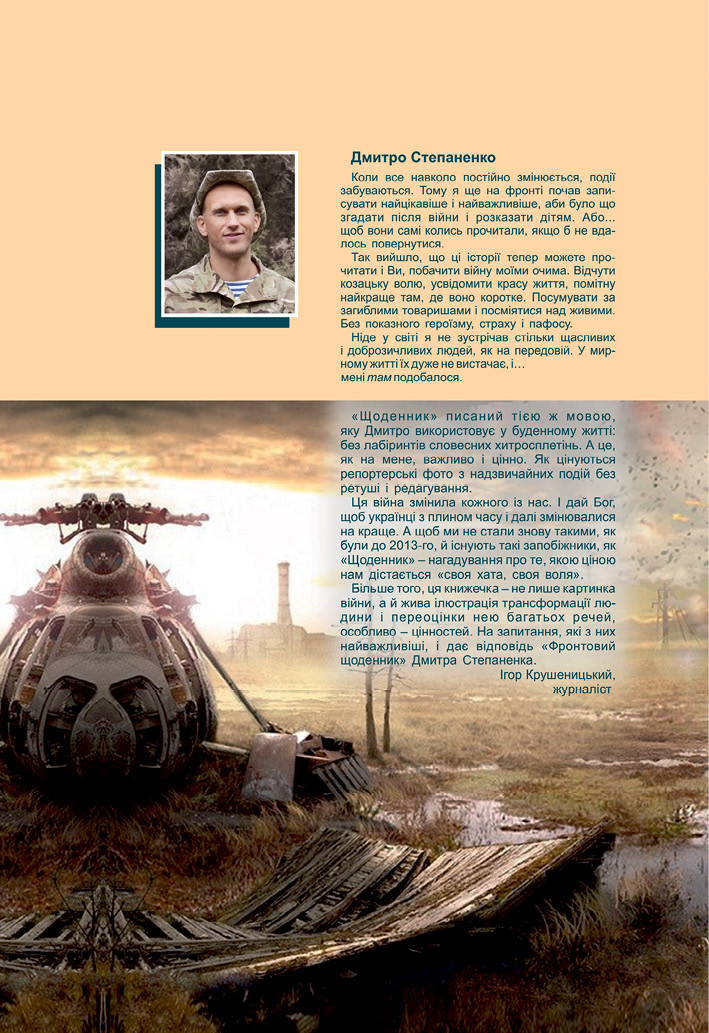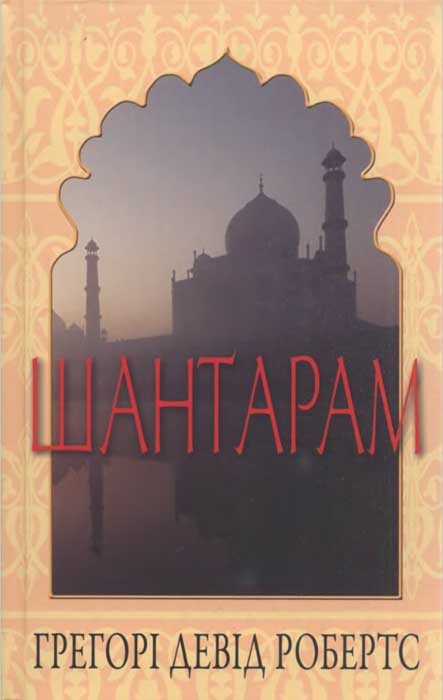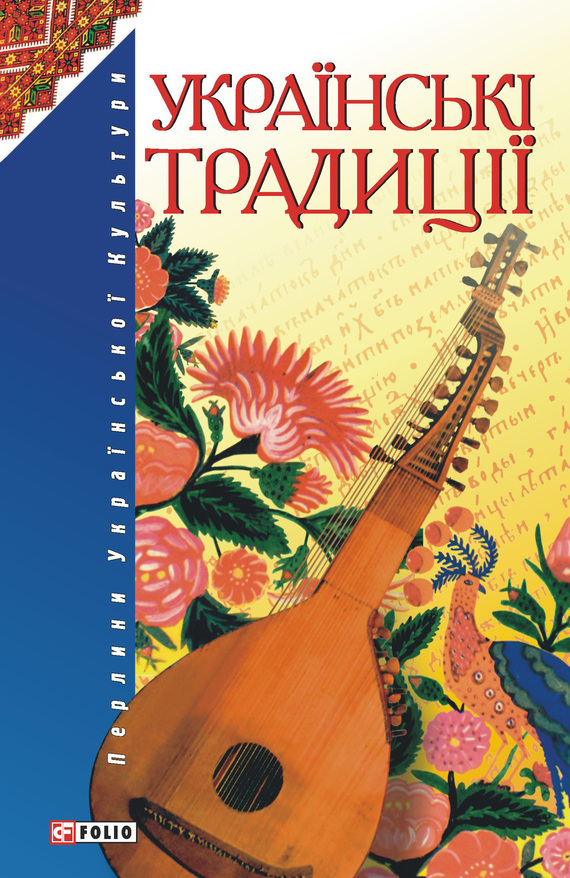Читати книгу - "Genghis Khan and the Making of the Modern World"
Шрифт:
Інтервал:
Добавити в закладку:
In the fall of 1246, when Carpini and the other foreign dignitaries departed the royal camp to head home, Guyuk turned attention from public pomp and ceremony to the important political task of solidifying power and making himself the khan in fact, as well as in title. To assert his newly conferred powers, he first attacked Fatima, his mother’s trusted adviser. Using an accusation of witchcraft against her as a pretext, he summoned Fatima from his mother’s court to his own. His mother refused to let her go: “He sent again several times, and each time she refused him in a different way. As a result his relations with his mother became very bad, and he sent [a] man . . . with instruction to bring Fatima by force if his mother should still delay.”
The vague records of what happened next raise more questions than answers. Guyuk won control of Fatima Khatun, and his mother died. Was his mother ill? Killed? Did she die of anger or grief? Most records fall silent. The Persian historian Juzjani wrote that Toregene was sent to join her husband, Ogodei. Since her husband had been dead for six years, the statement appears to be a euphemism for her death, but Juzjani seemed unsure, for he added, “but God knows the truth.” All we know is that Guyuk’s men seized Fatima Khatun and Toregene Khatun was dead.
Instead of quietly disposing of Fatima, Guyuk submitted her to a gruesome public ordeal. At a time when the Mongols ruled an empire across two continents and still had numerous opportunities to expand it even farther, the court seemed fixated not on the empire but on this one woman, what she had done, and what should be done to her. Guyuk ordered his guards to bring Fatima, stripped naked and tightly bound in ropes, before him in open court. There she was kept publicly, “hungry and thirsty for many days and nights; she was plied with all manner of violence, severity, harshness and intimidation.” They beat her and then flogged her with some kind of heated metal rods. Such a public torture may have been appropriate for the treatment of a witch in European society or for a heretic at the hands of the Christian Church, but it violated totally the practices of Genghis Khan, who slew his enemies and ruled with harsh strictness but steadfastly without torture or the infliction of unnecessary pain. It seemed particularly contrary to Mongol tradition since it was directed against a woman; no precedent was known in Mongol history for any comparable spectacle.
The torture of Fatima was perhaps technically legal under the existing code because she was not a Mongol nor married to one, but was instead a war captive of uncertain but unprotected status. When at last the tortured woman confessed to a list of evils, including bewitching Toregene Khatun and other members of the Golden Family, Guyuk imposed on her a punishment of unique cruelty and symbolism. He ordered that all the orifices of her upper and lower body be sewn shut, thereby not permitting any of the essences of her soul to escape from her body, and that she be rolled up inside a felt blanket and drowned in the river. And thus ended the life of Fatima, his mother’s adviser, and one of the most powerful women of the thirteenth century.
In keeping with the tone set by the public torture and execution of Fatima, Guyuk’s short reign was one of horrible revenge. He unleashed a crude campaign to consolidate power and eliminate rivals. He ordered his soldiers to hunt down and kill everyone connected with Fatima. He began legal proceedings against his uncle Temuge Otchigen, the last surviving full brother of Genghis Khan and thus a legal claimant to the throne, who, shortly before Guyuk’s election, had pressed his claim in an abortive attempt to raise an army and invade the lands of Toregene Khatun. Temuge Otchigen had survived his encounter with the shaman Teb Tengeri when he was younger, but he did not survive this confrontation with his grandnephew. In a secret trial closely supervised by Guyuk in a closed ger, the male members of the family condemned him to death for attempting to seize the office of Great Khan by military force rather than election.
Guyuk turned attention to the other women in charge of the imperial Mongol lands. He removed the regent widow ruling over the lands of Chaghatai’s family, and he ordered an inquiry into the affairs of Tolui’s estate, then under the regency of Sorkhokhtani, who had refused to marry Guyuk after her husband’s death. During the investigation, he ordered the surrender of all the warriors assigned to her and her sons. With his eastern front thus secured and under his tight control, he assembled his army to move west on what he claimed was to be a massive hunt. In fact, the move was a pretext for a surprise attack on Batu Khan in Russia. He not only wanted revenge against his cousin for prior insults at the victory dinner in Russia, but of all the khans, Guyuk seemed most convinced of the importance of Europe. He wanted to complete that conquest and add Europe to his own personal territory within the Mongol Empire.
Unwilling to defy him publicly in any way, Sorkhokhtani cautiously moved to ensure that he failed in his surprise attack. She secretly dispatched messengers to
!Увага!
Сайт зберігає кукі вашого браузера. Ви зможете в будь-який момент зробити закладку та продовжити читання книги «Genghis Khan and the Making of the Modern World», після закриття браузера.
